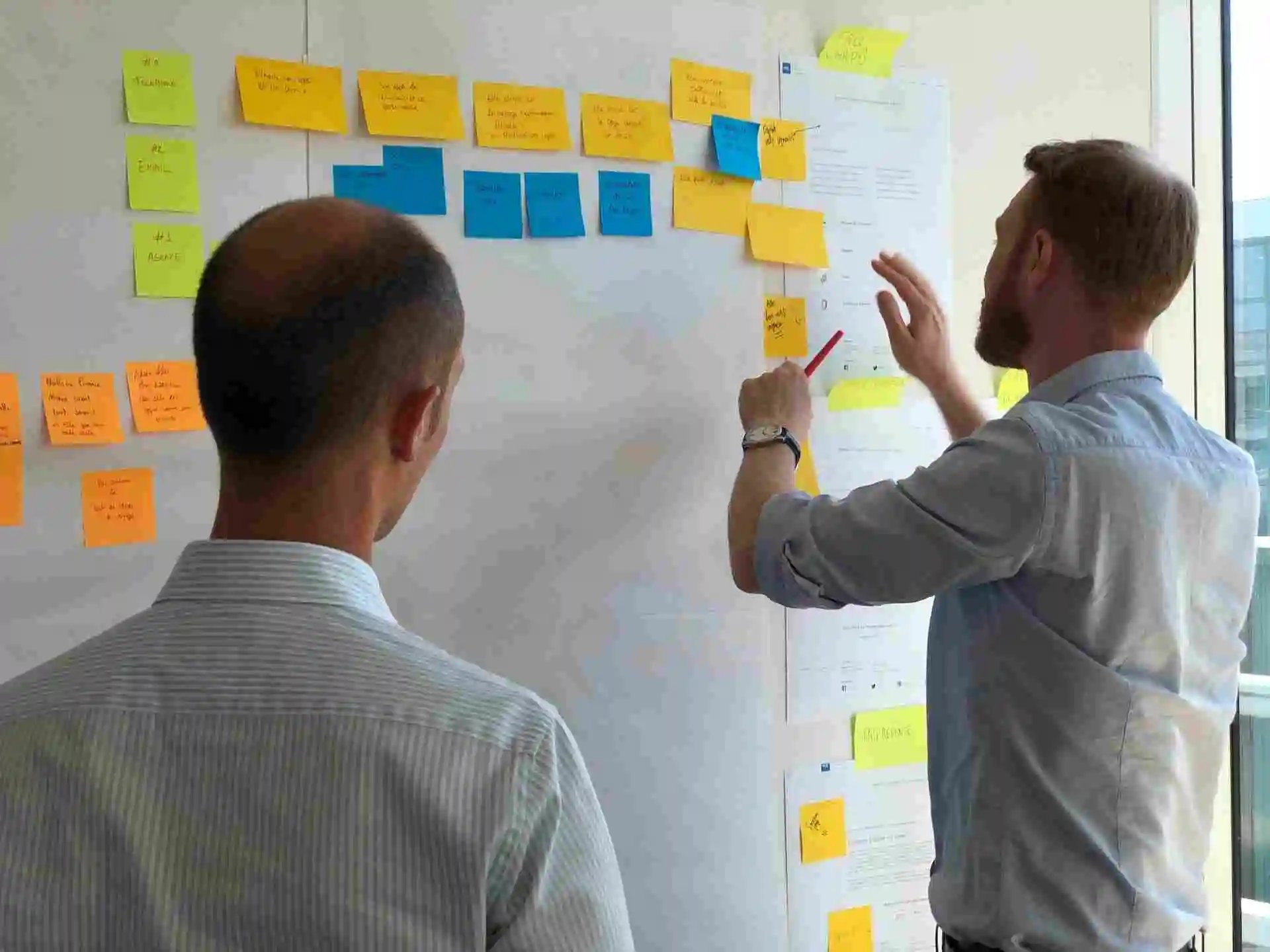Team frustrations are inevitable, they happen everywhere, in well-established organizations with 500+ employees and even in startups with 10 employees. Processes aren't perfect, issues will occur, and personalities will be different. Other factors such as micromanagement could also lead to, or worsen team frustrations. By understanding how to spot frustrations and manage frustrated teams, you can create a positive company culture and reduce friction/de-motivation.
Frustrated Teams & Downsides
Frustrations generally occur due to poor processes, company culture, bad decision-making in management, and lack of tools/software. It is more commonly a direct result of high-level management and not the teams themselves.
Whilst there are many physical signs of frustration, such as anger, voiced opinions, and removal from the workplace, there are also many silent frustrations to look out for. These can include; productivity rates dropping, less communication, decreased collaboration, disengagement, and poor eNPS and team surveys. One sign of frustration can be sharing memes. While of course also being fun part of employee culture, this can also be a way of communicating that everything is not OK. There might not physically be a frustration there, but any of these could be a sign of underlying frustrations that need addressing.
Frustrations can have a snowball effect on teams and result in reduced output, disengagement, low morale, and even contribute to high turnover rates if they are not addressed. Team satisfaction is essential to run a successful organization, so here are some steps you can take to manage frustrations.
Immediate
Encourage open and honest feedback
The reason why you might not know about frustrations in your team is that they are not comfortable sharing feedback with you or the company, perhaps in fear of retribution or lack of understanding of the feedback process. Remind teams regularly to share feedback, use team surveys, and show them that their feedback is taken on board and actioned.
For example, if you introduce a new process/software tool, have a 10-minute recap at the end of the day for teams to share their thoughts and encourage them with questions like "what don't you like about this process?" and "what could be done better?"
Be available for the team
If teams have an issue that needs resolving and they have a manager that is never 'available' or 'too busy' they will likely ignore the issue and it will lead to frustrations. You should make time to support and encourage teams to find a solution to their issues, by showing them how to problem-solve and trial a resolution, in the long run, they are likely to find solutions by working as a team. By knowing that they have a supportive leader too, they will be less likely to become frustrated when roadblocks occur.
Don’t delay frustrations - Act in a timely manner
Putting issues off can cause frustration, however, there still should be a balance between what is urgent and what is not, bearing in mind that teams will have a different views on urgency. For example, if a software tool is broken or requires attention, putting this off for a week could affect many different aspects of a team such as slower output and reduced productivity, which could also cascade through other teams. Ultimately, this would lead to frustrations.

Short Term
Identify process issues and act upon them
People are creatures of habit and in the workplace, everyone follows the processes set by their higher-ups. If you notice that regular hiccups are occurring in the same area, this could be a process issue and would lead to team frustration as it's out of their control. You should conduct regular process reviews and incorporate team feedback on these processes to ensure they are met with minimum friction.
Ensure teams have access to tools, software, and equipment
There is nothing worse than missing deadlines, working extra, and having a slower output due to a lack of tools, software, or equipment. This could be something as simple as teams having access to all relevant Slack channels and company drives to something bigger such as developers having 2 screens for writing and testing code.

Long Term
Turn frustrations into challenges with rewards and set goals as a team
Nothing is a better motivator than a challenge that has a reward at the end of it. This could be something simple like "the first team to solve X problem can have their lunch at the company's expense." Instead of becoming frustrated over something, teams would then work together and become more focused on solving the issue rather than distracted.
You should set goals with the team involved rather than assigning goals with no input from them. You should involve teams in goal setting to find common ground between what you expect and what they expect, this avoids surprises and motivates the team in knowing that their goals are achievable.
Identify and hire for potential skill gaps & implement solid training and documentation
If you have identified gaps in the team’s skills and experience, this can cause frustration when that work falls upon team members with a lack of skills or experience. Ensuring that skilled members are available to cover the major necessary areas of work, you are making sure that teams are competent, confident, and have the ability to do their work.
Confidence can often lead to inner frustrations, by constructing an in-depth training guide and thorough documentation, teams will feel more comfortable and confident when doing their jobs. This could be accessible on a central wiki for teams to reference to in points of frustration. For example, something as simple as a Slack best practice guide could also help.

Conclusion
Frustration in the workplace is often caused by a lack of transparency, poor communication, support, or resources. By ensuring that teams have the tools they need to do their job, are supported in problem-solving, and have clear goals, you can reduce frustration and create a more positive work environment. Flowtrace provides metrics that can identify silent frustrations in teams with a comprehensive overview of productivity, collaboration, and communication.
